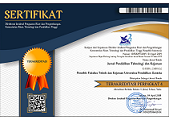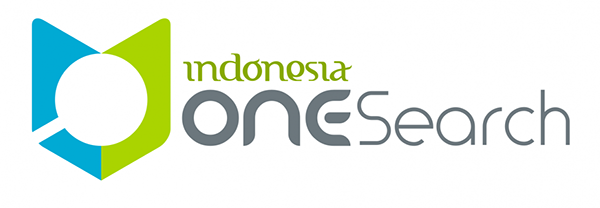UJI USABILITY FUNGSI APLIKASI WEB SISTEM INFORMASI DENGAN USE QUESTIONNAIRE (STUDI KASUS: APLIKASI WEB SISTEM INFORMASI TIRAS DAN TRANSAKSI BAHAN AJAR)
DOI:
https://doi.org/10.23887/jptk-undiksha.v19i1.42320Keywords:
Web application, usability, USE Questionnaire, LikertAbstract
The web Application For Information Systems And Transactions For Teaching Materials (SITTA) is an application that is used to support operational activities in the distribution service of teaching materials at State Universities of the Open University. The SITTA web application can be accessed on the https://distributions.ut.ac.id/ website with internal access to UT at the center and UPBJJ (Distance Learning Program Unit). The SITTA web application was used by UT employees as users of the SITTA web application, which was used recently because the SITTA web application was only implemented in early 2018. Therefore, it was deemed necessary to test its usability. This is to assess the success of the usability aspect of an information system application while at the same time knowing that the application can be useful and has been by its function or not for user needs. One of the tests that can be done is usability testing. This test is carried out using the USE Questionnaire method using 4 aspects of testing. 4 aspects tested are aspects of Usefulness, Satisfaction, and Ease of Use. The purpose of this paper is to determine user acceptance of the SITTA web application based on usability criteria. This research is a quantitative descriptive type that is carried out on users of the SITTA web application by distributing a USE Questionnaire consisting of 30 questions and using 5 points of assessment on a Likert Scale. This study obtained the results of measuring the usability of the SITTA web application with a score of 88.10% on the measurement of the usefulness aspect, 78.29% on the ease of use, 82.14% on the ease of learning, and 81.26% on the satisfaction aspect.
satisfaction.
Downloads
Published
Issue
Section
License
Authors who publish with the JPTK agree to the following terms:- Authors retain copyright and grant the journal the right of first publication with the work simultaneously licensed under a Creative Commons Attribution License (CC BY-SA 4.0) that allows others to share the work with an acknowledgment of the work's authorship and initial publication in this journal
- Authors are able to enter into separate, additional contractual arrangements for the non-exclusive distribution of the journal's published version of the work (e.g., post it to an institutional repository or publish it in a book), with an acknowledgment of its initial publication in this journal.
- Authors are permitted and encouraged to post their work online (e.g., in institutional repositories or on their website) prior to and during the submission process, as it can lead to productive exchanges, as well as earlier and greater citation of published work. (See The Effect of Open Access)












